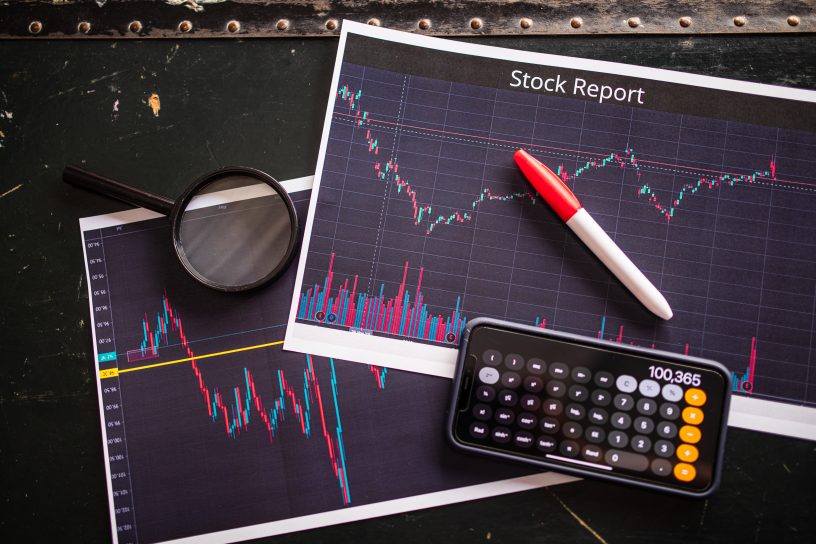In trading or investing, reliance on a single strategy may result in extended periods of lackluster performance or, worse, underperformance. Traders and investors require the flexibility provided by a diverse portfolio of strategies.
- Buy and hold investing in the S&P 500 total return had a flat performance for 12 years, from 2000 to 2012, and two large drawdowns of over 45%.
- Managed futures CTAs had a “lost decade” from 2009 to 2018 with flat performance.
- The 60/40 portfolio had its largest loss last year due to both stocks and bonds in a bear market.
- Mean-reversion had several shorter clusters of underperformance and flat periods.
The conclusion is that relying on a single strategy poses high risks.
Buy-and-hold investing is no different from gambling, although it is portrayed as safe.
The CTA space was about to undergo a massive consolidation after many years of flat performance before the pandemic event. Luck may not repeat anytime soon.
The 60/40 investors thought they were safe: if stocks crash, bonds will rally and provide a hedge. Well, they did not provide the hedge in 2022 because the worst-case scenario materialized: both stocks and bonds were down and correlated.
Mean reversion is a tricky concept and encompasses many different types of strategies. When I refer to mean-reversion, I consider its simplest and purest form: the negative autocorrelation of daily returns.
Below is a chart with the performance of four strategies and an equal allocation. The backtests range from 01/03/2000 to 08/08/2023. The strategies are:
- Buy and hold the S&P 500 total return.
- A 60/40 allocation in S&P 500 total return and Treasury Bond 7–10 year total return
- The SG CTA index (not a backtest)
- A mean-reversion strategy with Dow 30 stocks based on our PSI5 algorithm
The black line is the equity of the equal allocation (25%) to the four strategies (no rebalancing). Below is a chart showing the performance of the equal allocation.
Below is a table that summarizes the performance of the four strategies and the equal weight allocation.
| B&H | 60/40 | Mean-Reversion | Managed Futures | EW | |
| CAGR | 6.8% | 6.4% | 8.7% | 4.6% | 6.8% |
| Max. DD | -55.2% | -29.6% | -38% | -16.5% | -23.9% |
| Volatility | 19.7% | 10.0% | 19.1% | 8.2% | 10.8% |
| Sharpe | 0.35 | 0.64 | 0.46 | 0.56 | 0.63 |
The equal weight allocation (EW) is essentially an improvement of the 60/40 allocation: a higher annualized return but a lower drawdown, with about the same Sharpe ratio.
I am still not satisfied with the results. I need a lower maximum drawdown for EW and a much higher Sharpe, above 0.85. I will have to consider more strategies, possibly change the mean reversion strategy, and/or adjust with the weights, but this may increase the risk of overfitting. However, this was a first step to get an idea of the issues involved and offer a possible path towards a more robust allocation.
In the next article, I will change the mean-reversion strategy and also consider different weights for the allocation.
Free Book
Get a free PDF of the book “Profitability and Systematic Trading” (Wiley, 2008) by subscribing to the Price Action Lab blog’s free email notifications of new posts and updates.
Disclaimer: No part of the analysis in this blog constitutes a trade recommendation. The past performance of any trading system or methodology is not necessarily indicative of future results. Read the full disclaimer here.
Charting and backtesting program: Amibroker. Data provider: Norgate Data
If you found this article interesting, you may follow this blog via RSS, Email, or Twitter









